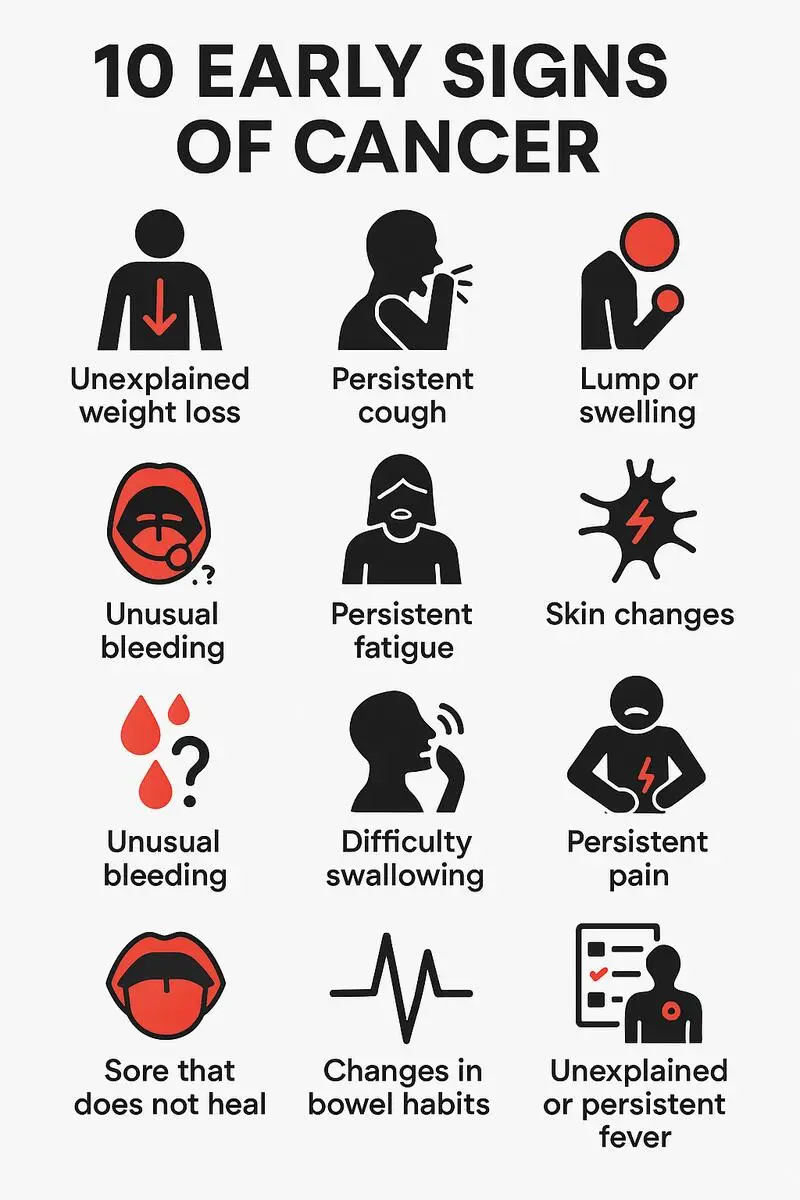- Published on: Nov 14, 2023
- 2 minute read
- By: Secondmedic Expert
Stepping Ahead: Diagnosing Diabetes Foot Ulcers For Timely Treatment And Prevention
In the intricate dance of managing diabetes, the spotlight often falls on blood sugar levels, yet the health of our feet remains a crucial, albeit sometimes overlooked, aspect. This blog unravels the intricate connection between diabetes and foot health, shedding light on the causes, symptoms, and, most importantly, timely treatments to prevent diabetic foot ulcers. As we explore this critical topic, we'll also discuss the role of online doctor consultations and the convenience of ordering diabetic medicine online.
Understanding Average Blood Sugar Levels in Diabetes
Maintaining average blood sugar levels is pivotal in diabetes management. Consistently high blood sugar can lead to complications, and the feet are particularly vulnerable. Understanding the correlation between blood sugar control and foot health is the first step in preventing diabetic foot complications.
The Diabetic Foot - A Delicate Balance
Diabetic foot complications, including ulcers, arise from a delicate interplay of factors. Neuropathy, poor circulation, and immune system issues contribute to the vulnerability of diabetic feet. Exploring these factors provides insights into the proactive measures one can take to safeguard foot health.
Diabetic Foot Ulcers - Causes and Symptoms Unveiled
Delving into the specifics, we uncover the causes and symptoms of diabetic foot ulcers. Repetitive trauma, nerve damage, and compromised blood flow are common culprits. Recognizing the early signs, such as persistent redness or swelling, is crucial for timely intervention.
Diabetic Ulcers on Feet - Navigating Treatment Options
When it comes to treating diabetic foot ulcers, a multi-faceted approach is key. From wound care and infection management to blood sugar control, addressing these aspects collectively is paramount. Discover the role of diabetic medicine in this comprehensive treatment strategy.
The Role of Diabetic Medicine in Foot Ulcer Prevention
Diabetic medicine plays a pivotal role in preventing foot ulcers by aiding in blood sugar regulation. Understanding the types of diabetic medications, their mechanisms, and adherence to prescribed regimens contribute significantly to overall foot health.
Online Doctor Consultation - A Modern Approach to Diabetic Foot Care
In the era of digital health, accessing expert advice has never been more convenient. Online doctor consultations offer a modern solution for individuals managing diabetes and its complications. Learn how virtual consultations can provide personalized insights into diabetic foot care.
Order Medicine Online - Convenience at Your Fingertips
Ensuring a seamless continuation of diabetic care involves easy access to medications. Ordering diabetic medicine online provides unparalleled convenience, especially for those with mobility challenges. Explore the benefits of having essential medications delivered to your doorstep.
Timely Intervention - The Key to Diabetic Foot Ulcer Prevention
In the intricate dance of managing diabetes and foot health, timely intervention emerges as the linchpin. From recognizing symptoms to consulting with healthcare professionals online and ensuring a steady supply of prescribed medicines, staying proactive is the ultimate defense against diabetic foot ulcers.
Stepping into a Future of Diabetic Foot Health
As we wrap up our exploration, it's evident that the journey to diabetic foot health involves understanding, proactivity, and modern solutions. From managing average blood sugar levels to embracing the convenience of online doctor consultations and ordering medicines online, each step is a stride toward a future where diabetic foot ulcers are not just treatable but preventable. In this intricate dance of care, let's step ahead with knowledge, vigilance, and a commitment to our well-being.
Read FAQs
A. Diagnosing diabetic foot ulcers involves a thorough examination by a healthcare professional. This typically includes a visual inspection, assessment of circulation, and nerve function tests. Advanced imaging techniques may also be employed for a comprehensive diagnosis.
A. The optimal treatment approach for diabetic foot ulcers is multifaceted. It includes wound care, infection management, offloading pressure from the affected area, and addressing underlying causes like poor blood circulation. Consultation with a healthcare professional is essential for personalized treatment plans.
A. Preventing diabetic foot ulcers involves proactive measures. This includes maintaining good blood sugar control, inspecting feet daily for any changes, wearing proper footwear, and seeking prompt medical attention for any foot issues. Regular check-ups with a healthcare provider can help identify and address potential risks early on.










